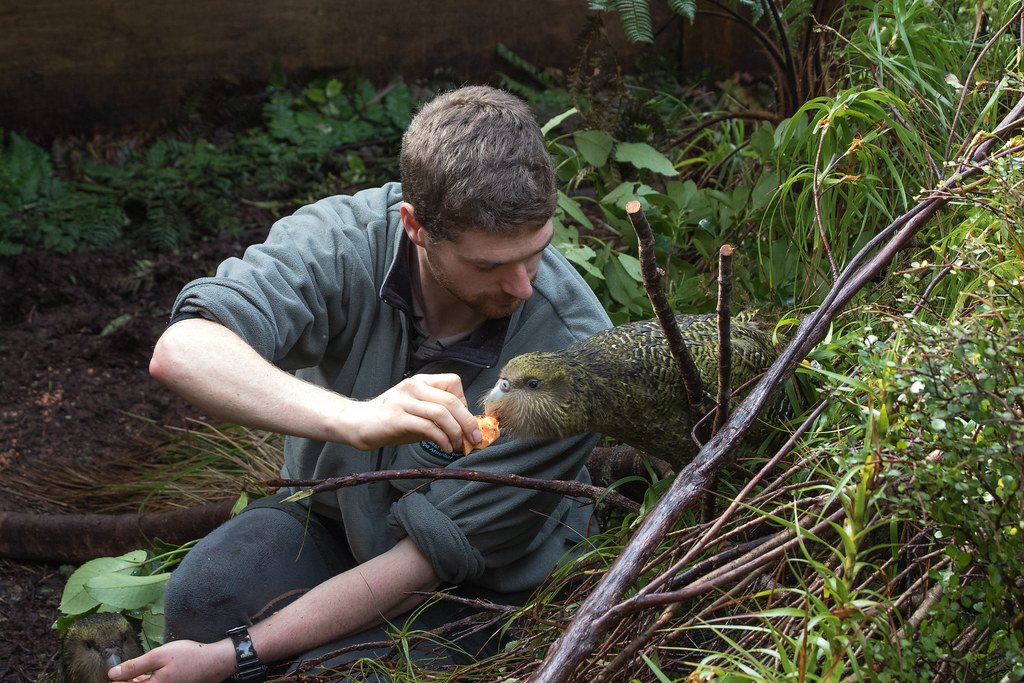In the darkest depths of our oceans, where sunlight fails to penetrate, lies a world as mysterious as it is fascinating. These deep-sea hydrothermal vents stand as gateways to uncovering secrets about the origins of life on our planet. With towering chimneys spewing mineral-rich water at scorching temperatures, they create an environment that challenges our understanding of life’s boundaries. Often compared to an alien landscape, these vents may just hold the clues to how life began on Earth.
The Enigma of Hydrothermal Vents
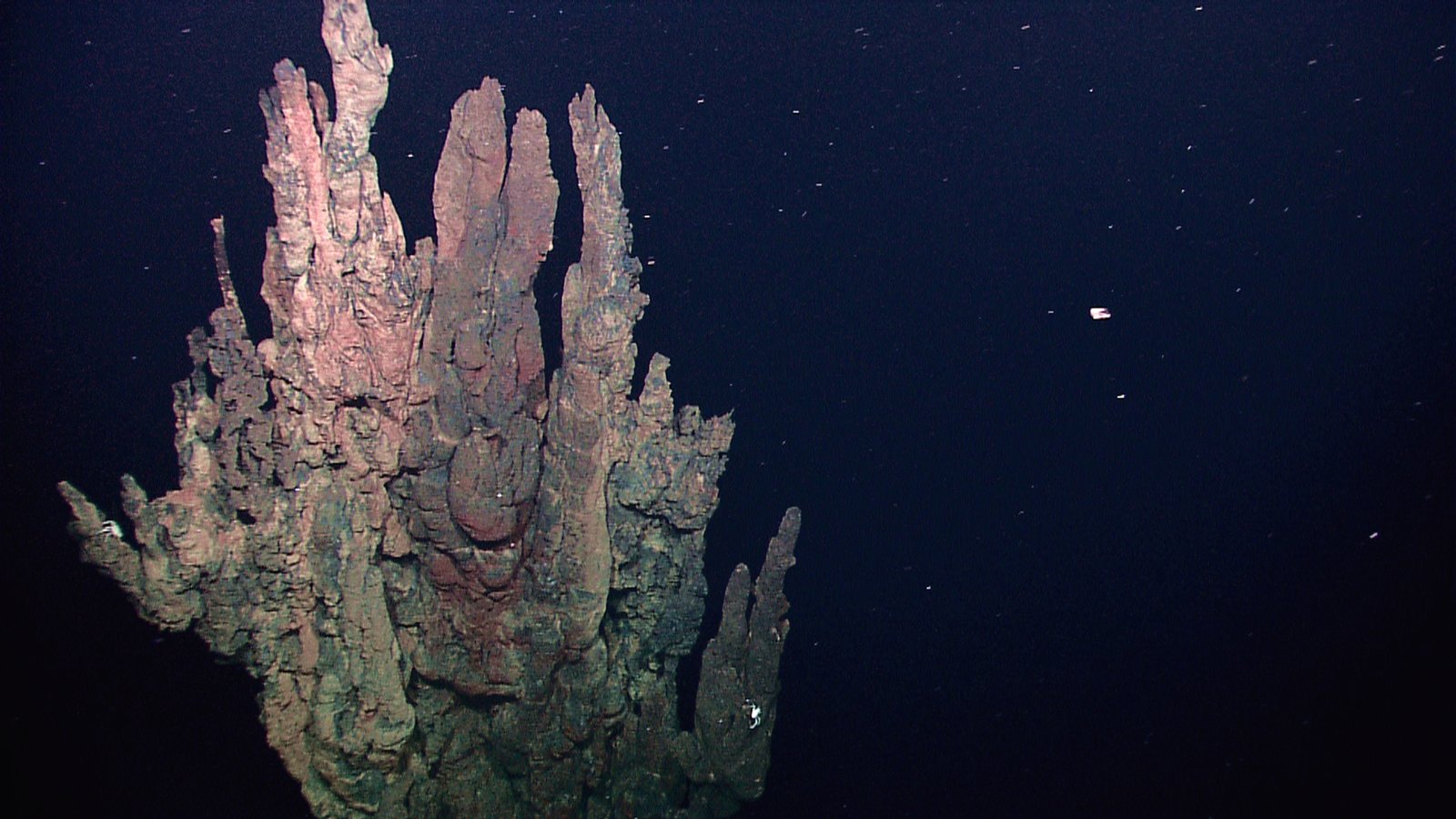
Hydrothermal vents are found along mid-ocean ridges, where tectonic plates diverge and allow magma to rise from beneath the Earth’s crust. This magma heats seawater, which then rises through cracks in the ocean floor, creating these unique formations. The vents discharge a cocktail of chemicals, including hydrogen sulfide and methane, which support life forms that do not rely on sunlight for energy. Unlike the sunlit world above, these ecosystems thrive in complete darkness, relying on chemosynthesis rather than photosynthesis. This phenomenon challenges our traditional understanding of life and its dependence on sunlight.
The Chemistry of Life’s Origins
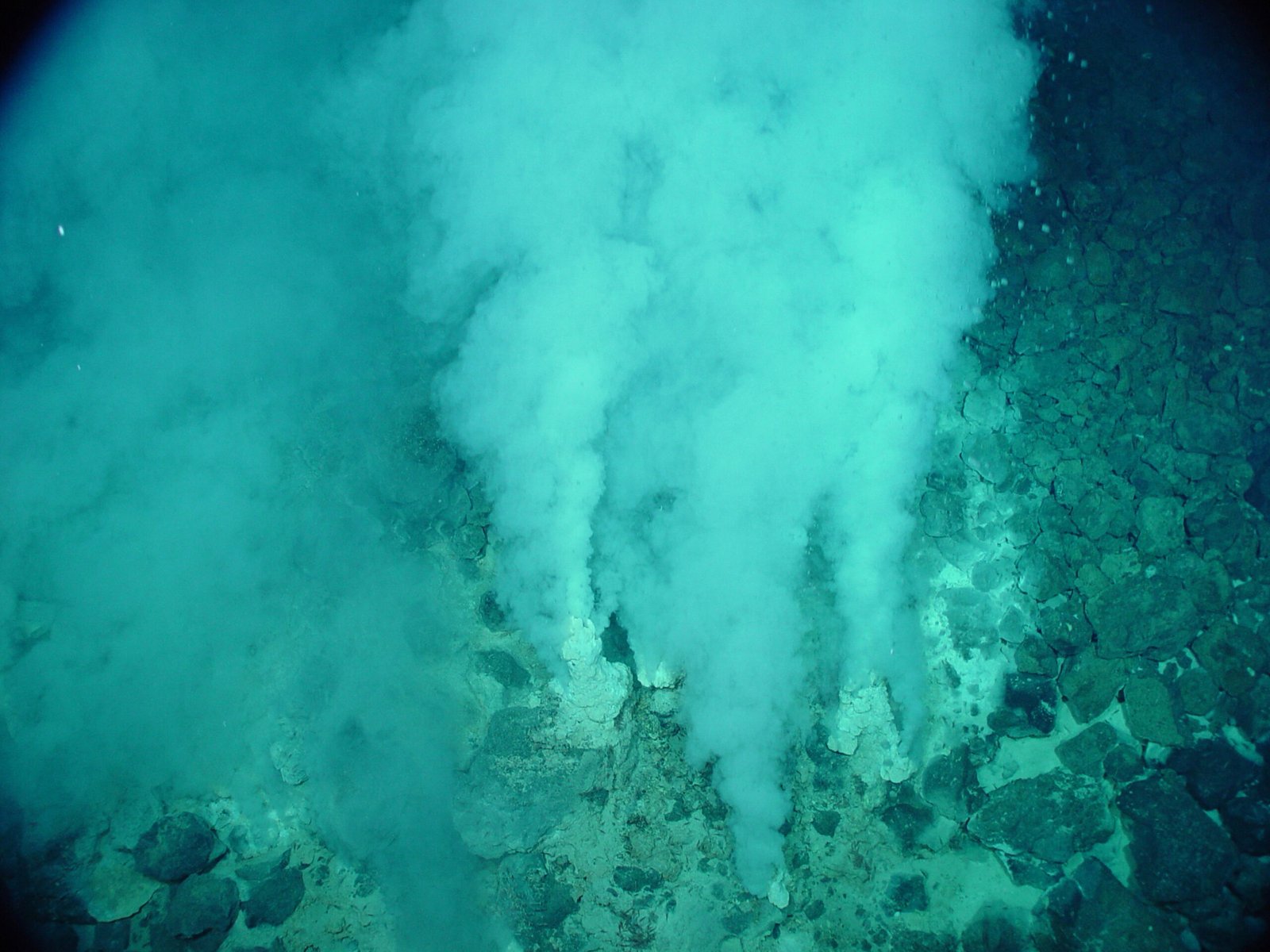
The conditions at hydrothermal vents provide a fascinating parallel to the primordial Earth. With their rich chemical soup and extreme conditions, they offer a glimpse into the potential environments where life could have first arisen. Scientists speculate that the combination of heat, pressure, and chemical reactions at these vents could have facilitated the formation of the first organic molecules. These molecules, the building blocks of life, may have eventually led to the emergence of simple life forms. The study of hydrothermal vents thus provides critical insights into the chemical origins of life, offering a natural laboratory for understanding how life could arise elsewhere in the universe.
Life Forms in the Abyss
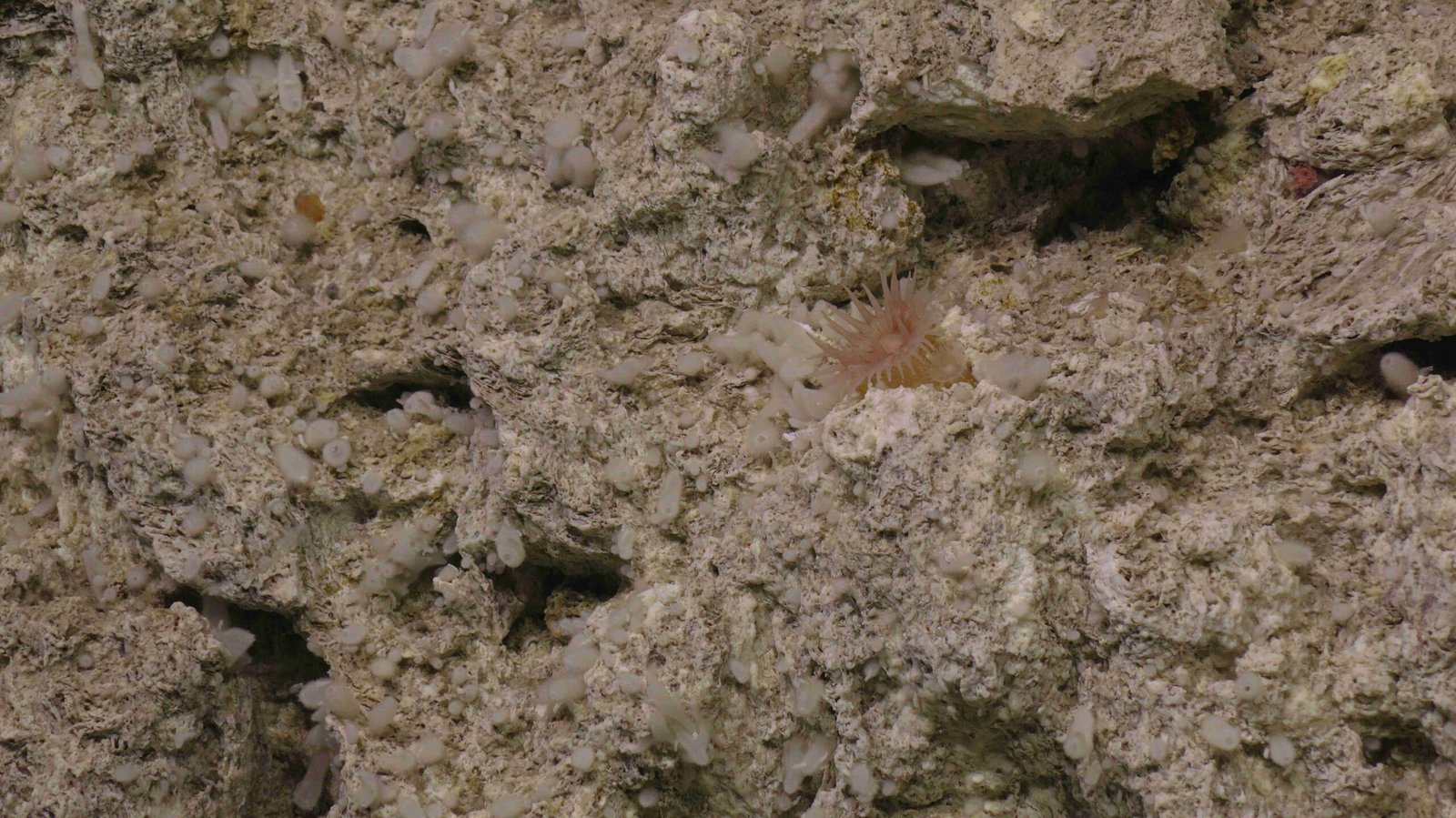
The organisms inhabiting hydrothermal vents are as remarkable as the vents themselves. From giant tube worms to unique shrimp species, these creatures have adapted to survive in one of the planet’s most hostile environments. They possess remarkable adaptations, like symbiotic relationships with bacteria that convert toxic chemicals into energy. These relationships highlight the incredible diversity of life’s strategies for survival. The study of these organisms has expanded our understanding of life’s resilience and versatility, suggesting that life could exist in similarly extreme environments beyond Earth.
The Role of Chemosynthesis
In the absence of sunlight, life at hydrothermal vents relies on chemosynthesis, a process where microbes convert chemicals from the vent fluid into energy. This process is akin to photosynthesis but uses chemical energy instead of light. The discovery of chemosynthesis revolutionized our understanding of ecosystems and demonstrated that life could thrive in conditions previously thought uninhabitable. This revelation has profound implications for the search for extraterrestrial life, as it suggests that life might exist in environments without sunlight, such as the subsurface oceans of icy moons.
Black Smokers and White Smokers
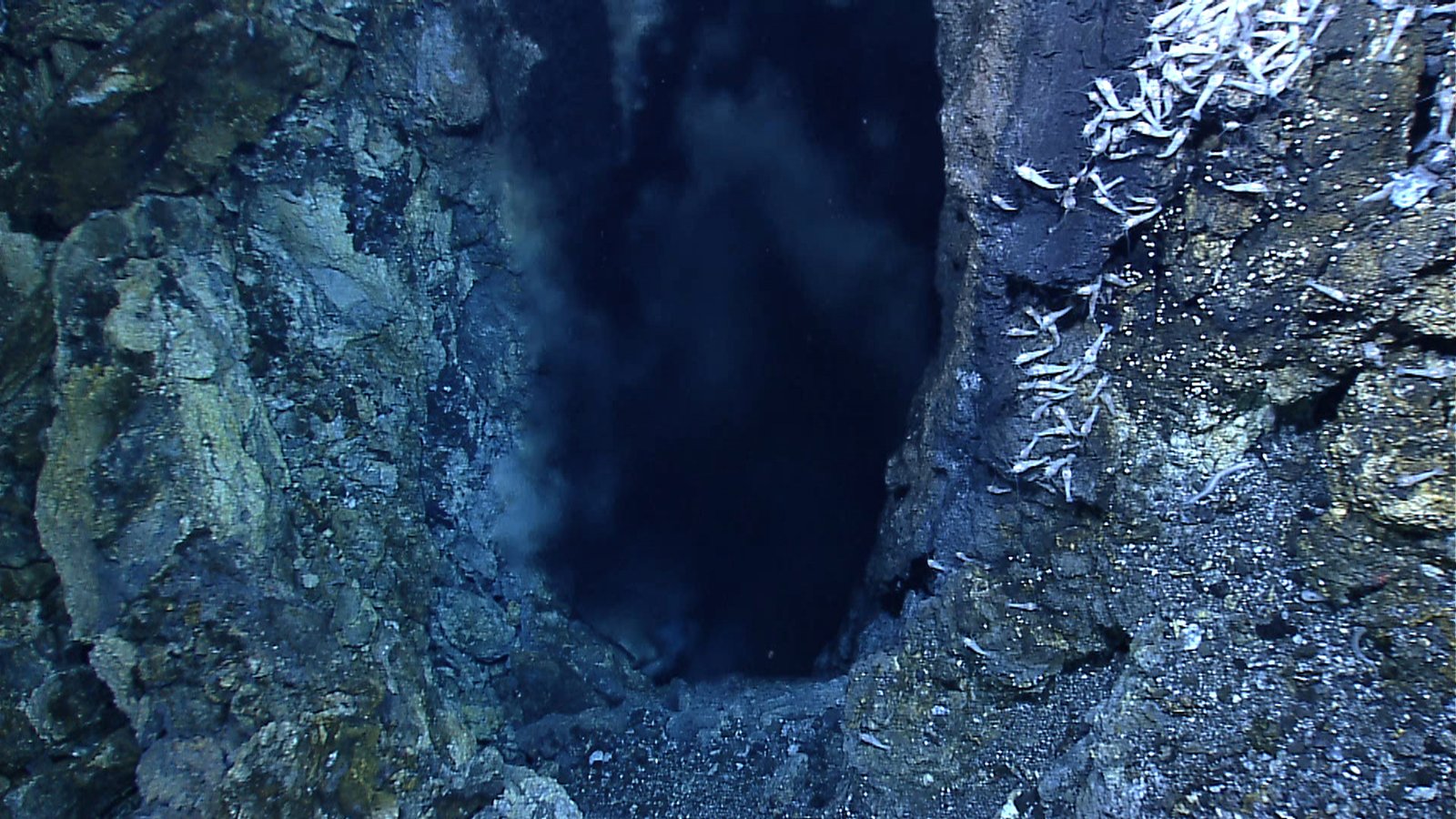
Hydrothermal vents are categorized into two main types: black smokers and white smokers. Black smokers emit dark, mineral-rich water, creating towering chimney structures. In contrast, white smokers release cooler, lighter-colored fluid, often rich in barium, calcium, and silicon. These variations in vent types result from differences in the underlying geological activity and chemical composition. Understanding these differences is crucial for comprehending the diverse array of life forms that inhabit these environments and the distinct chemical processes that occur within them.
Exploring the Unseen World
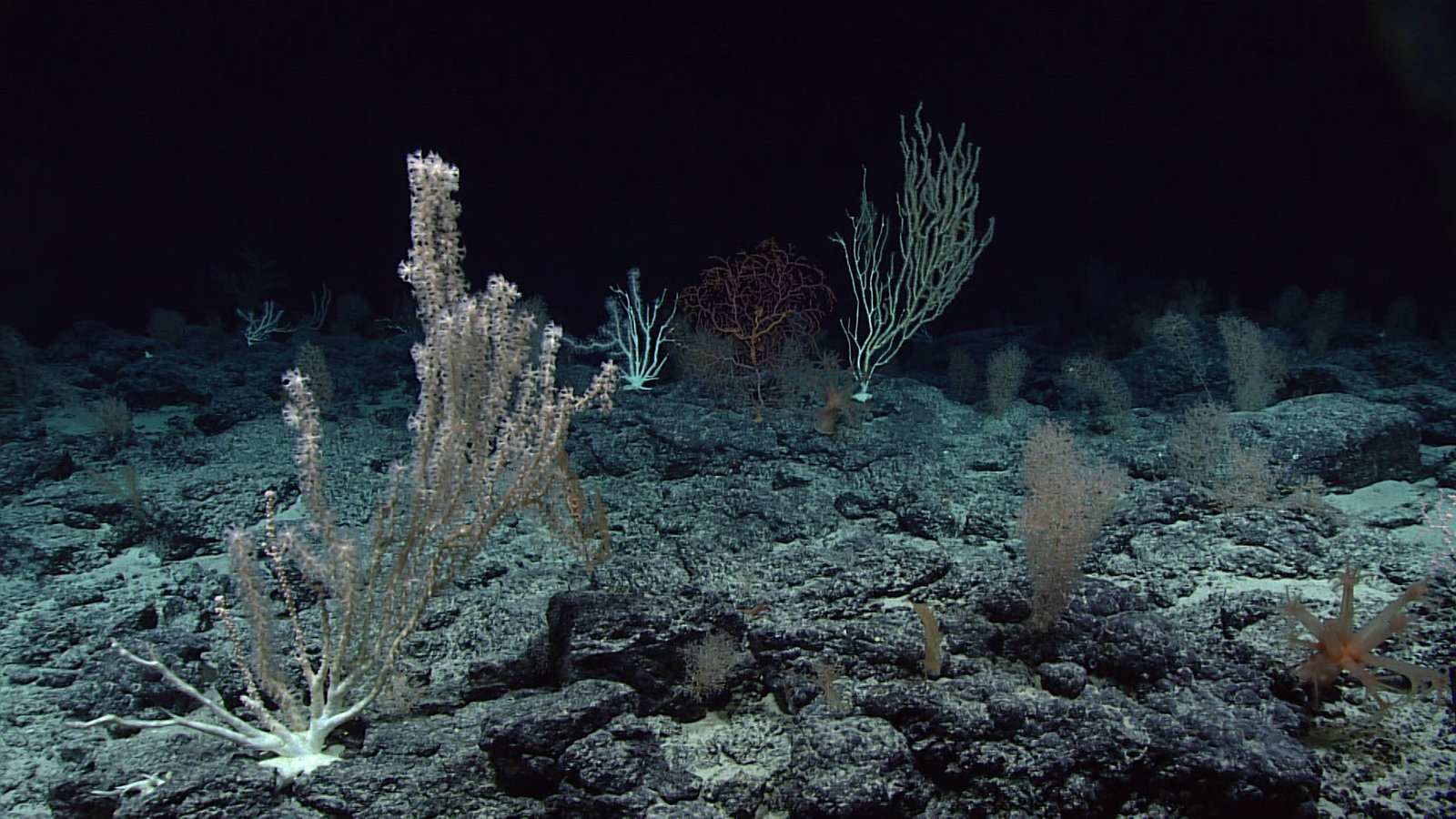
The exploration of hydrothermal vents poses significant challenges due to their location in the deep ocean. Advanced technologies, such as remotely operated vehicles (ROVs) and autonomous underwater vehicles (AUVs), have been instrumental in studying these remote ecosystems. These technologies allow scientists to observe and collect samples from vents, providing valuable data for research. The exploration of this unseen world continues to push the boundaries of human knowledge and technological capability, offering exciting opportunities for discovery.
Implications for Astrobiology
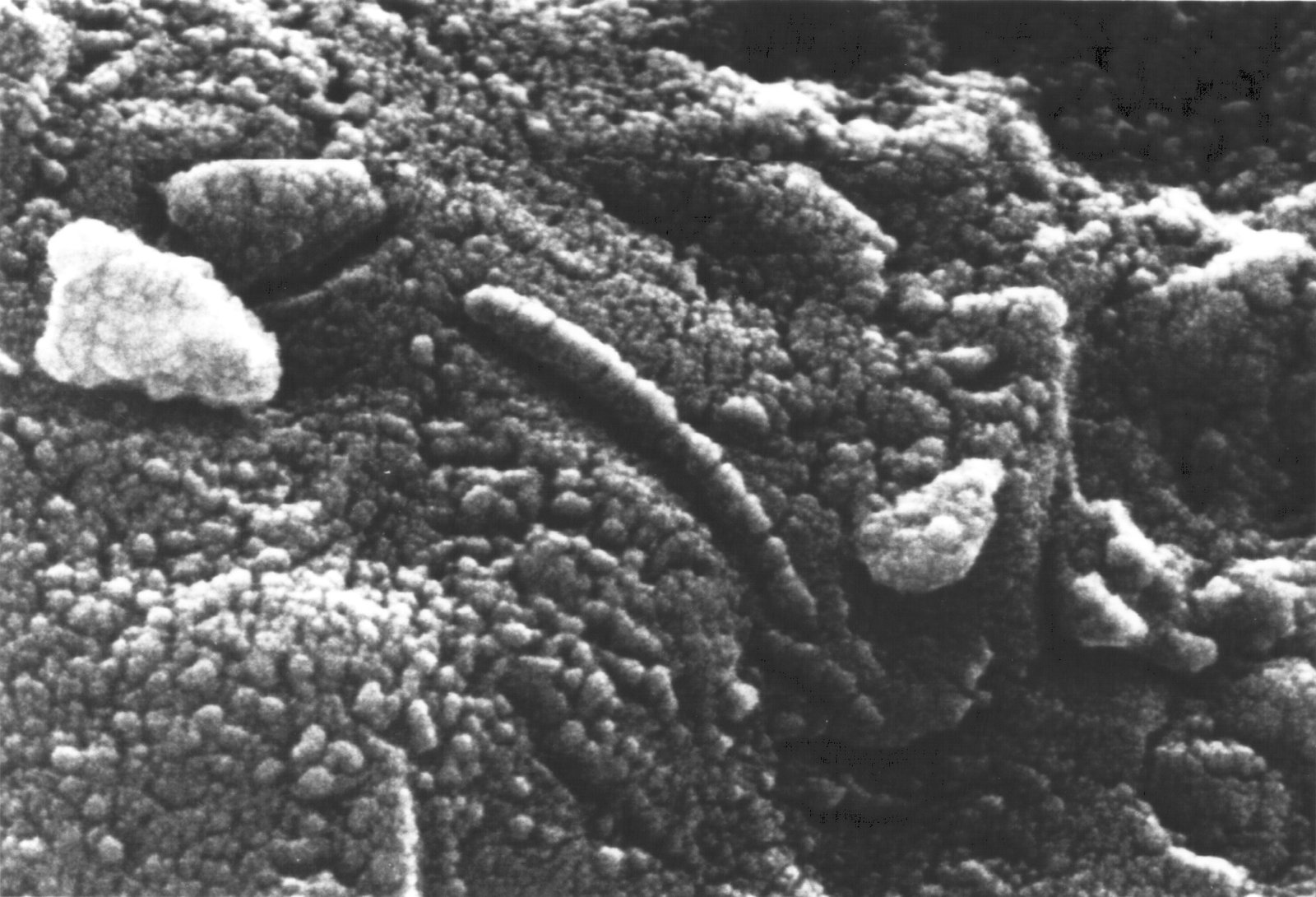
The study of hydrothermal vents has far-reaching implications for astrobiology, the search for life beyond Earth. The realization that life can thrive in extreme conditions on our planet suggests that similar life forms could exist in the harsh environments of other celestial bodies. Moons like Europa and Enceladus, with their subsurface oceans, are prime candidates for hosting life. By understanding the conditions that allow life to thrive at hydrothermal vents, scientists can better hypothesize about the potential for life in extraterrestrial oceans.
The Mystery of Abiogenesis
The origins of life, or abiogenesis, remain one of science’s greatest mysteries. Hydrothermal vents provide a compelling hypothesis for how life might have arisen from non-living matter. The unique conditions at these vents, with their combination of heat, pressure, and chemical interactions, create an environment where complex organic molecules could form. While definitive proof remains elusive, studying these vents brings us closer to understanding the processes that might have led to the emergence of life on Earth.
The Future of Deep-Sea Exploration
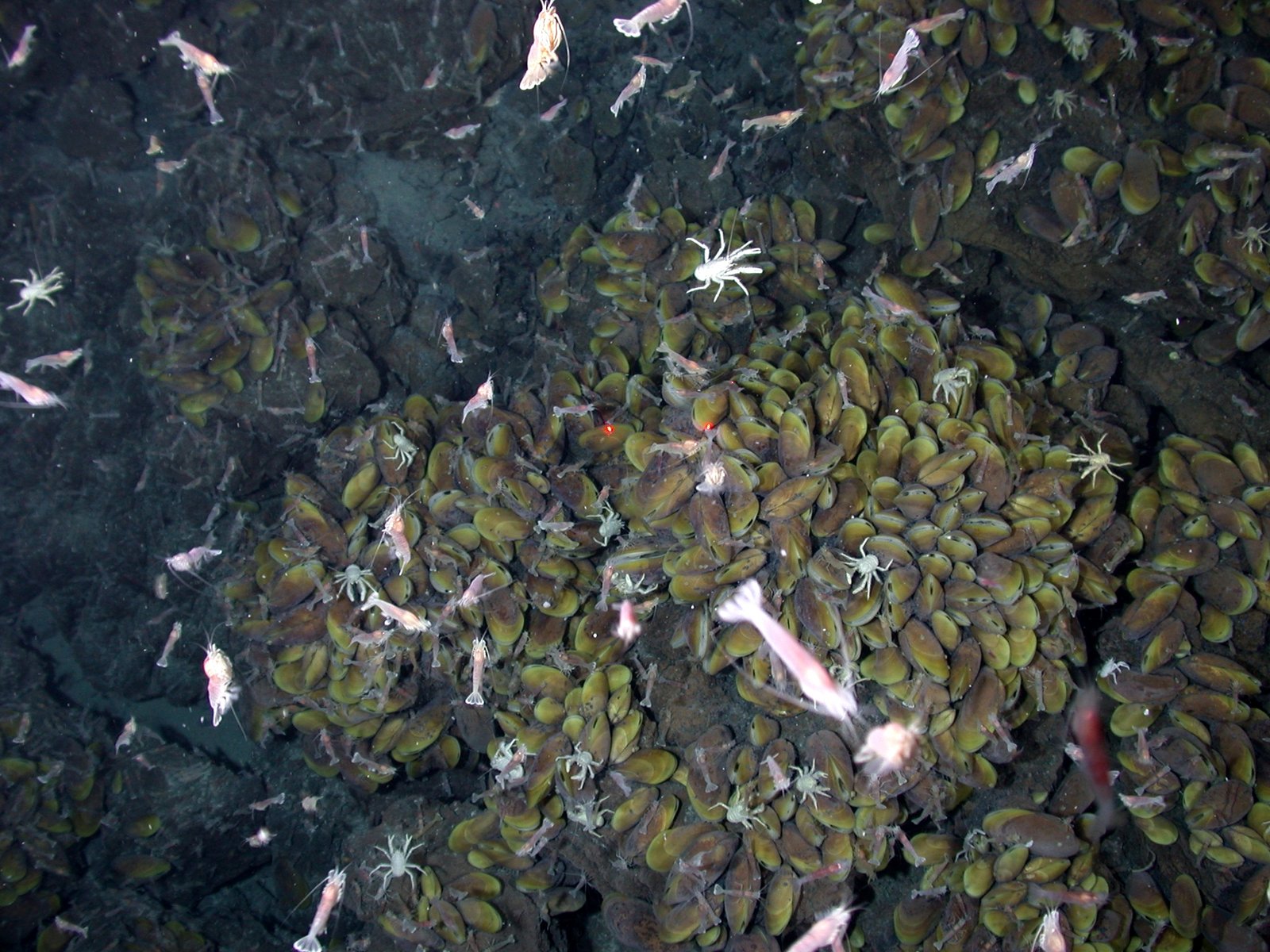
As technology advances, our ability to explore and study hydrothermal vents will continue to improve. New missions and innovative techniques promise to uncover more about these enigmatic ecosystems. The future of deep-sea exploration holds the potential to answer fundamental questions about life’s origins and its possible existence elsewhere in the universe. With each discovery, we expand our understanding of life’s potential and resilience, reminding us of the profound interconnectedness of our planet and the cosmos.


